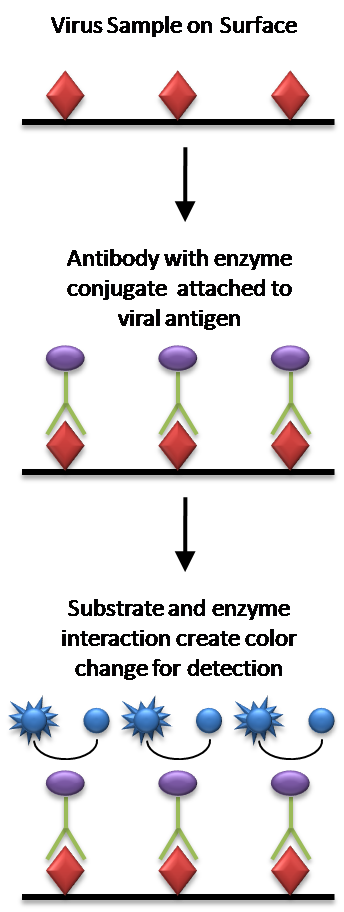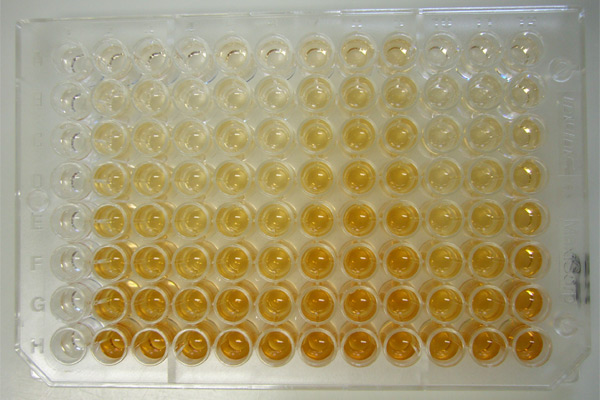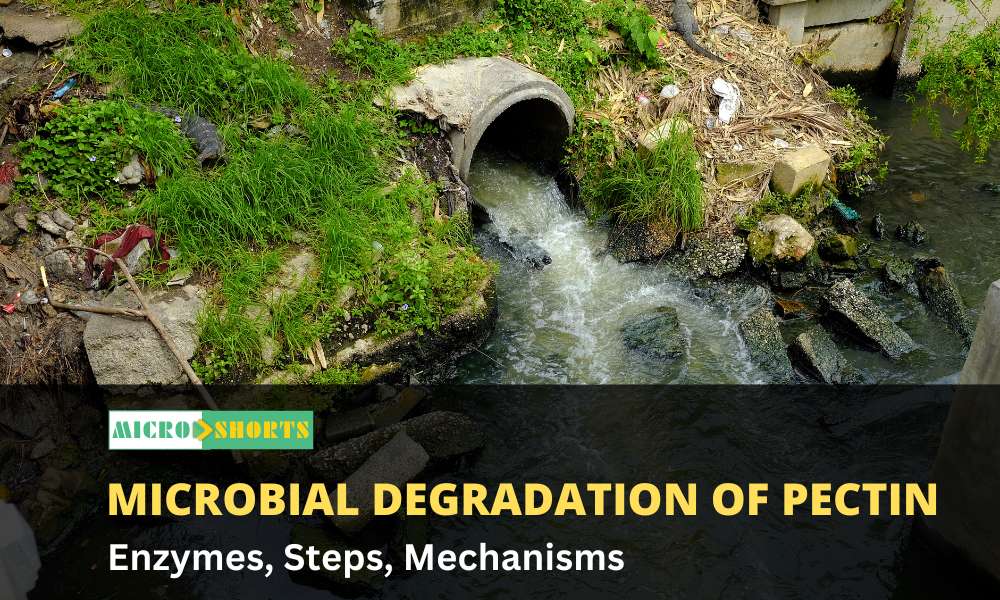Introduction
Hepatitis B or Serum Hepatitis is one of the most common
infectious diseases in the world and has become a global public health problem.
It is caused by Hepatitis B virus (HBV), which is a prototype of Hepadnaviridae
family. The complete virus particle known as Dane particle has an outer
envelope composed of HBsAg that surrounds a nucleocapsid or core.
The inner core of HBV contains a single molecule of partially double stranded DNA, core protein (HBcAg), HBeAg and DNA dependent polymerase. HBV is transmitted by infected blood, blood products, body fluids (viz.semen, vaginal fluid) and from infected mother to offsprings. A variety of tests are available for detection of viral antigen or host anti-viral antibodies eg. HBsAg, anti-HBsAg antibodies, anti-HBc antibodies.

Amongst these, HBsAg is most reliable marker, as it appears
first usually 6-8 weeks after infection with HBV and before any change in ALT
level. In 1965, Blumberg and his associates discovered Hepatitis B surface
antigen (HBsAg) which was a significant breakthrough in understanding of Serum
Hepatitis.
Principle
The test is based on solid phase microplate direct ELISA (sandwich ELISA) technique

The Microwells are coated with
mouse monoclonal anti-HBsAg antibodies [ |-( ].
When patient’s sample is added, if
HBsAg [ O ] is present in the sample, it gets bound to immobilized anti-HBsAg antibodies.
After removal of non-specific antibodies, peroxidase labelled anti-HBsAg antibodies [ )-HPR] are added, which binds with immobilised antibody-antigen complex.
After incubation and washing, TMB
substrate is added, which gives blue coloured product due to enzymatic
activity. In absence of HBsAg, the colour will not change from its original
pink colour.
The reaction is stopped by
addition of stopping reagent, which turns the blue colour to end point yellow
colour. In negative test, original pink colour as seen in the above step will
now become colourless.
The absorbance of yellow colour is
directly proportional to the concentration of HBsAg present in patient sample.
It is measured by microwell plate reader having 450 nm as primary filter and
630 nm as reference filter.
Requirements
- Reagent 1 (Sample Diluent)
- Reagent 2 (Conjugate)
- Reagent 2A (Conjugate stabilizer)
- Reagent 3 (Washing Buffer)
- Reagent 4 (Negative Control)
- Reagent 5 (Positive Control)
- Reagent 6 (Colour Reagent)
- Reagent 7 (Stopping Solution)
- Reagent 8 (Microwell Strips)
- Distilled or deionized water
- Variable micropipettes and multichannel pipette with appropriate disposable tips
- Measuring cylinder
100 mL
- Timer
- 37oC incubator
- Disposable absorbent pads or
towels
- Device for rapid delivery of
washing solution automatic dispensing syringe or equivalent
- Biochromatic microwell plates reader with 450nm and 630nm filter .
- ELISA shaker (optional)
Procedure
Bring all the reagents of the kit to room temperature except Colour reagent and Conjugate. Dilute the concentrated Wash buffer.
- Dispense 100 µL of reagent 1
(Sample Diluent) to all the required number of wells except, 1A (blank
well).
- Add 10 µL of reagent 4 (Negative
Control) reagent 5 (Positive Control) and samples to the respective wells.
- Incubate for 60 minutes at room
temperature (37oC).
- Decant & wash the wells 5
times with diluted reagent 3 (Wash Buffer).
- Add 50 µL of reagent 2A (Conjugate
stabiliser) and then 100 µL of reagent 2 (Conjugate) to all the wells
except1A.
- Incubate for 30 minutes at (37oC).
- Repeat the washing step no 4.
- Add 100 µL of reagent 6 (Colour
Reagent) to each well.
- Incubate for 30 minutes at room
temperature in dark.
- Add 100 µL of reagent 7 (Stopping
Solution) to each well.
- Read the absorbance at 450+630 nm within 30 minutes after blanking with 1A well

Result

Reference
HEPALISA Test Kit: Microwell ELISA Test for the Detection of
Hepatitis B Surface Antigen (HBsAg) in Human Serum/ Plasma
Shah, K., & Maghsoudlou, P. (2016). Enzyme-linked
immunosorbent assay (ELISA): the basics. British journal of hospital medicine,
77(7), C98-C101.










Comments